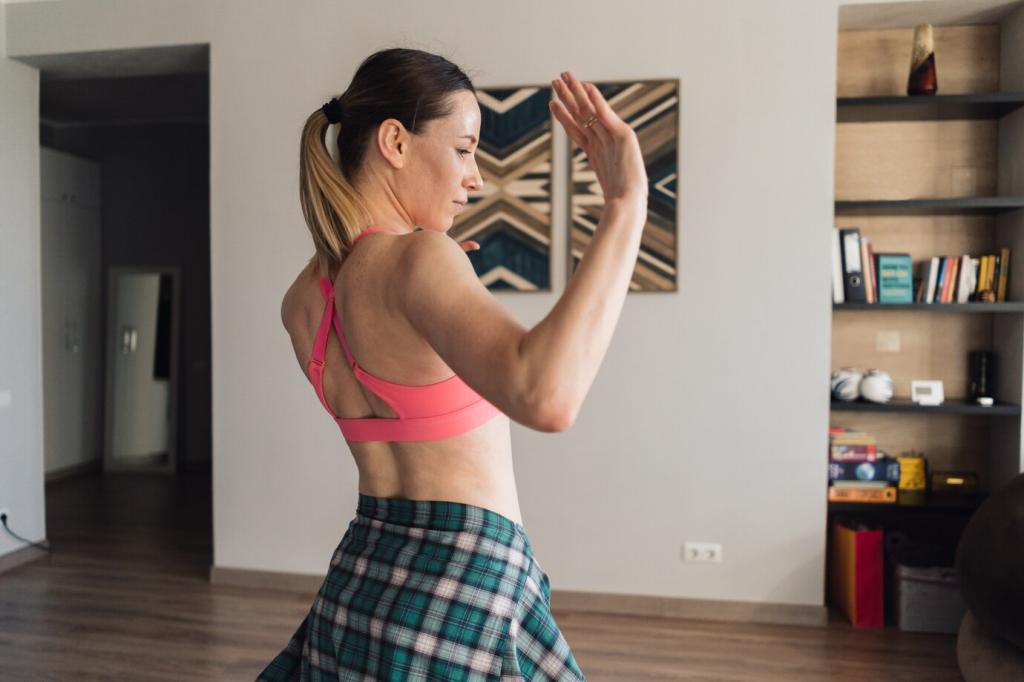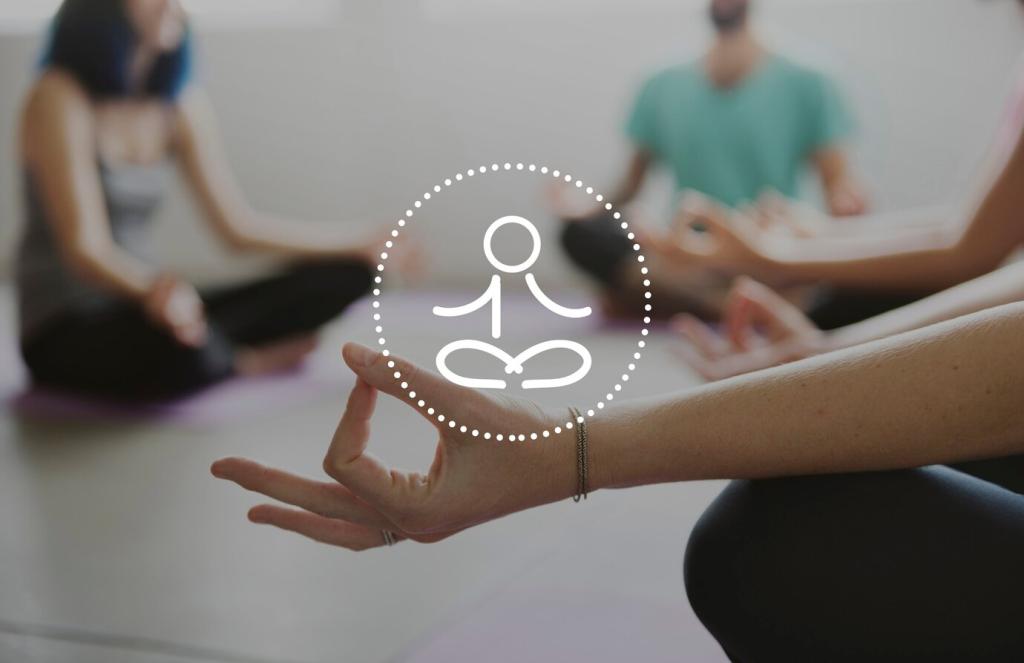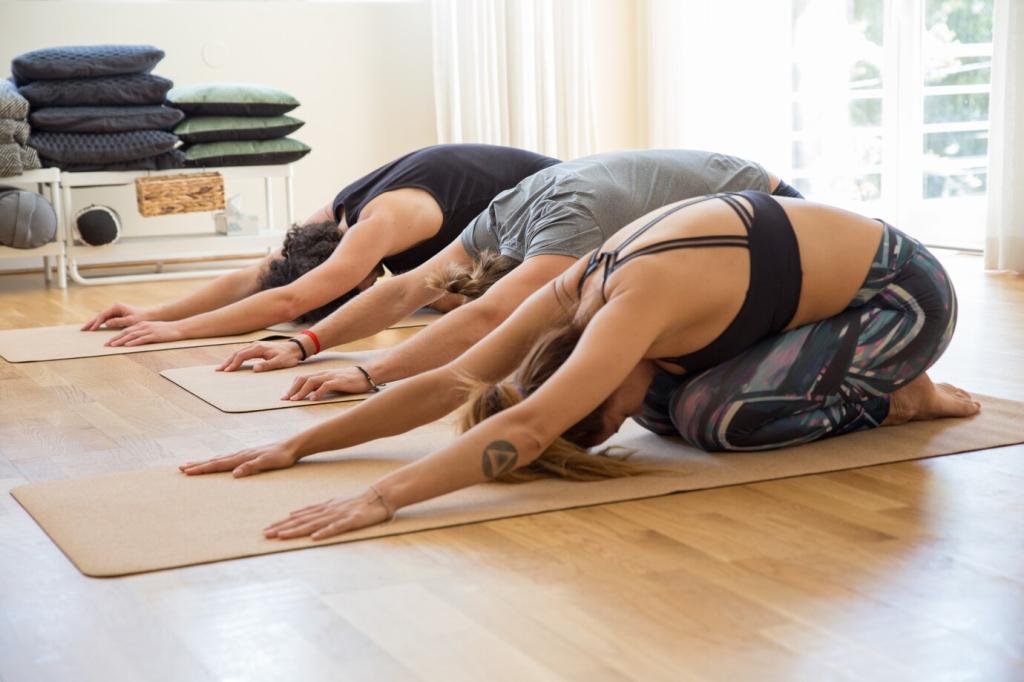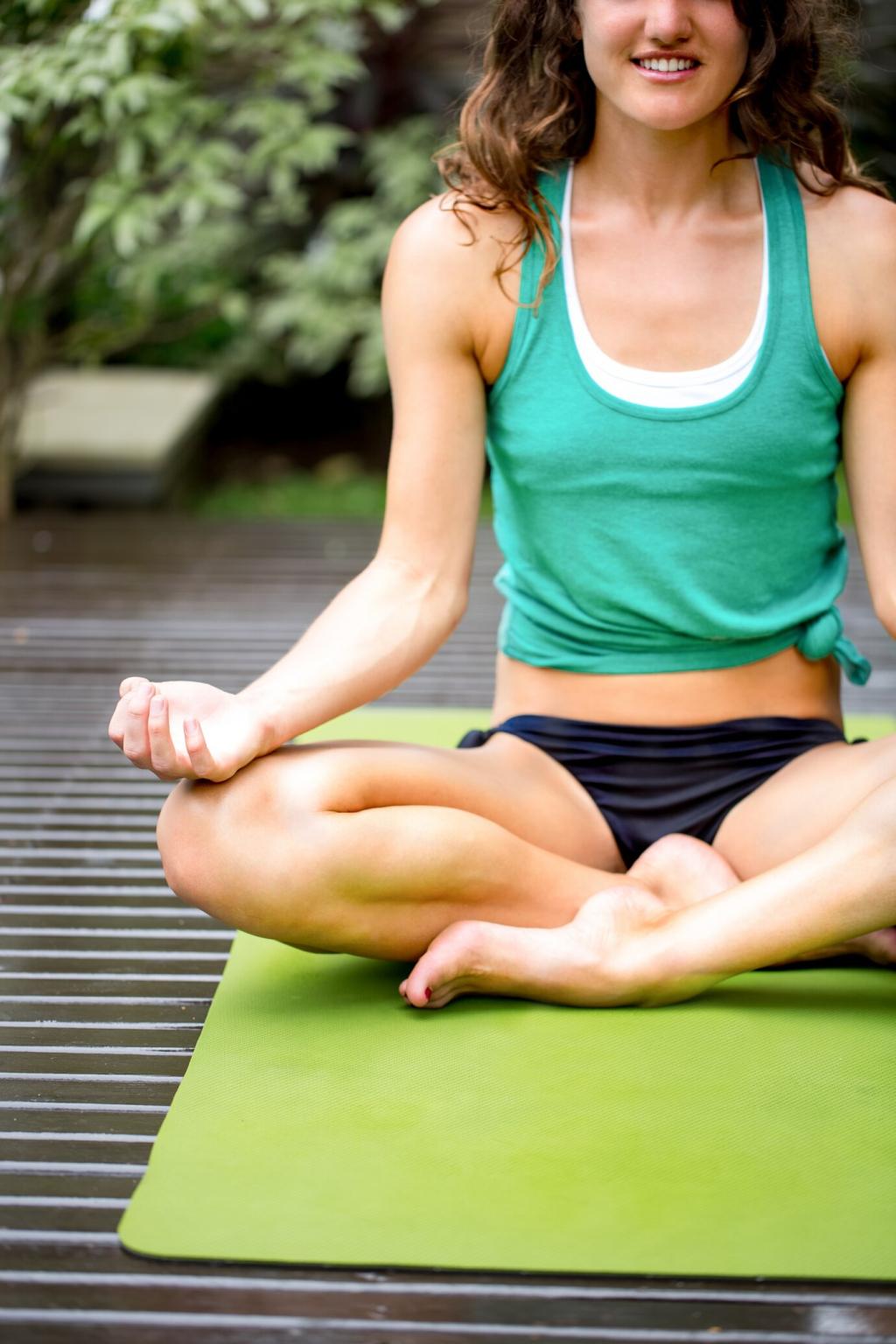The Athletic Edge: How Yoga Translates to Performance
Athletes need mobility they can use, not just touch. Yoga builds end-range control, pairing stability with flexibility so joints track cleanly under load. Expect stronger positions, cleaner foot strikes, and hips that actually rotate when speed and force demand it. Comment with your toughest mobility bottleneck.
The Athletic Edge: How Yoga Translates to Performance
Diaphragmatic breathing improves oxygen utilization and steadies heart rate during hard efforts. In yoga, breath cadence teaches sustainable pacing, reduces side stitches, and helps you recover between bursts. Try nasal breathing in warm-ups this week and report your perceived exertion changes after intervals.





